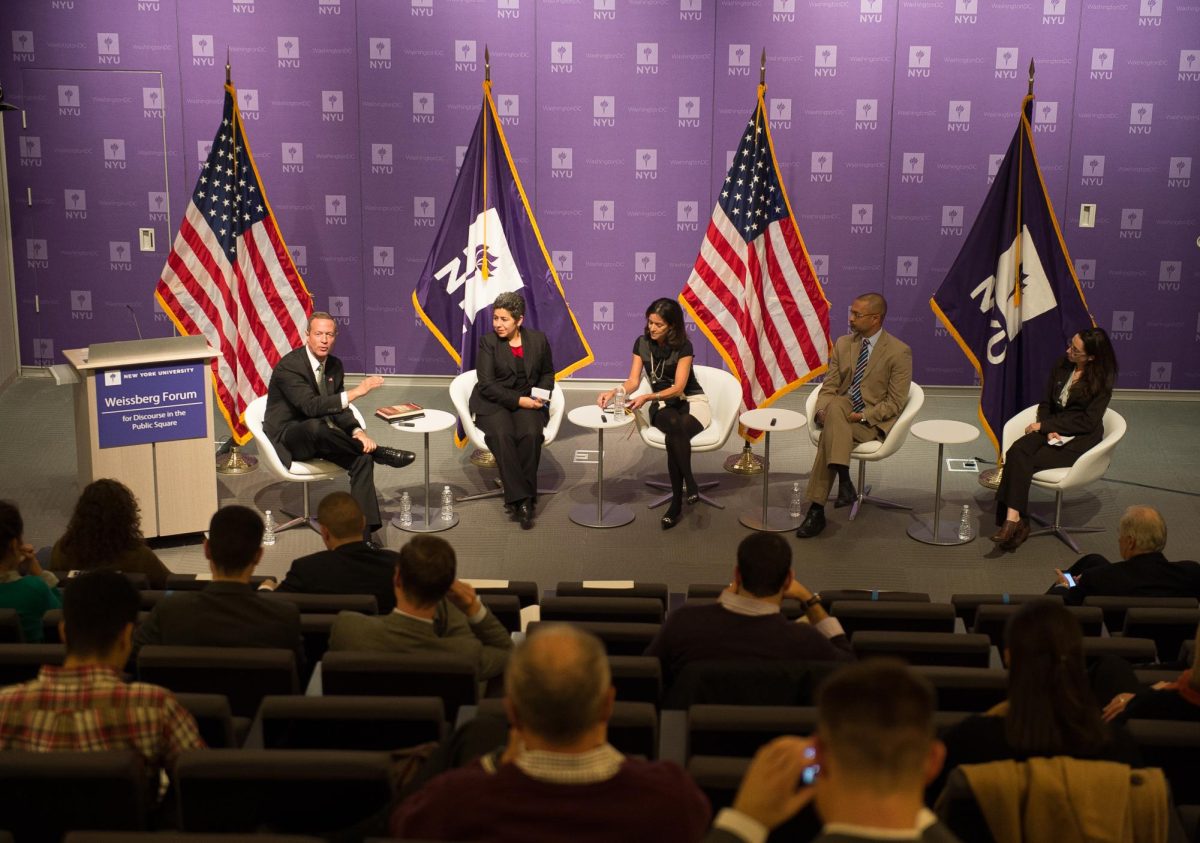Caslee Sims | Correspondent
It all began in 1954 with the infamous Brown v. Board of Education decision and a subsequent case that would force schools in the United States to desegregate with “a deliberate speed”. Of course, the implementation of this ruling was not one that had been culturally accepted in America; there were still battles to be won, especially in the Deep South. The African American Cultural Center announced that the theme this year is Brown v. Board of Education: 60 Years Later–Educational Empowerment: Replicating the Systematic Practices that Work. The Center will host a panel discussion entitled Brown v. Board: 60 Years Later in the Washington Sankofa Room on Tuesday, Sept. 23.
Top events surrounding the desegregation of schools in the United States post-Brown v. Board:
- February 7, 1956: The first black student to enroll at the University of Alabama, Autherine Lucy, is suspended after three days of violent protest. She had been poorly protected from white mobs that were against her enrollment.
- The ‘Little Rock Nine’ were the center of national attention on September 4, 1957 as they attempted to attend all-white Central High School in Little Rock, Arkansas. Arkansas National Guardsmen (who halted their entrance) met the students. It was not until President Dwight Eisenhower intervened and protected the students that they were able to enter the school on September 24, 1957.
- On December 14, 1960, six-year old Ruby Bridges became the first black student to enroll at all-white William Frantz Elementary School in New Orleans, Louisiana. Bridges, too, did not find her journey a peaceful one as white segregationists stood in her way and tried to impede her entrance.
- With 500 National Guardsmen backing him, James Meredith became the first black student to enroll at the University of Mississippi on October 1, 1962. Meredith graduated less than a year later on August 18th, 1963 with a degree in Political Science.
- Governor George C. Wallace, who spoke the words “Segregation now, Segregation forever” in his inaugural speech in 1963, stood in the way of students Vivian Malone and James Hood while they try to enter the doors of the University of Alabama on June 11, 1963.
- 51 years to the day on September 10, 1963, twenty black students entered public schools in Alabama at the end of a standoff between federal authorities and Alabama governor George C. Wallace.
- In North Carolina, the Swann v. Charlotte-Mecklenburg Board of Education case of 1970-1971 stated that the busing of black students to all-white schools in the Charlotte-Mecklenburg County area was an effective remedy to integrate schools; the solution was deemed constitutional.
As an African-American student who attends a Predominantly White Institution (PWI), I’m forever indebted to former students whom have laid the foundation; the ground in which I and others now tread over today as scholars. The desegregation of schools in the U.S. did not just happen solely because the law said so; it took lionhearted individuals to challenge the government’s laws to eventually remove segregation from the school system.
Today, many African-American students follow in the footsteps of James Meredith, Ruby Bridges, the Little Rock Nine and others. Ed Carson, Manuel Crockett, Irwin Holmes, and Walter Holmes became North Carolina State University’s first four African-American undergraduates, and they made history a few years before Meredith did.
Whenever it was done, and however it was done, these people were courageous, persistent and audacious enough to make segregation in the public school system just another part of history. Now, everyone can lawfully and equally receive an education wherever they so choose. Let us remember who paved the way and celebrate the progress that both our nation and our culture has made, 60 years later.













